In the era of rapid development of electronic medical technology, medical-grade plastics, as the core material for medical device components, directly impact the performance, safety, and durability of the equipment. This article will provide a systematic guide for selecting materials for electronic medical device components from four key dimensions: material properties, application scenarios, sterilization compatibility, and regulatory compliance, combined with industry experience and standards.
I. Dual Verification of Biocompatibility and Safety
(A) Mandatory Requirements for Cytotoxicity Testing
Medical-grade plastics must pass the ISO 10993 - 5 cytotoxicity test, which focuses on monitoring the impact of material extracts on the survival rate of L929 mouse fibroblasts. For example:
-
The cell survival rate of medical-grade PC should be ≥ 90% (verified data for Covestro PCRx1805 model).
-
Implantable PEEK requires an additional 28-day subchronic toxicity test.
(B) Control Standards for Plasticizer Migration
-
PVC materials are prohibited from using lead-barium stabilizers. Calcium-zinc composite stabilizers are recommended, with a migration amount of < 0.1 μg/cm².
-
DEHP alternatives: ATBC (acetyl tributyl citrate) or TOTM (trimellitic anhydride trioctyl ester) can be used as plasticizers for medical PVC.
II. Core Material Performance Matrix: Multi-dimensional Characteristics for Diverse Scenarios
Different medical-grade plastics have distinct advantages in terms of mechanical properties, sterilization compatibility, etc. The following table shows their compatibility with typical electronic medical scenarios:
|
Material Type
|
Mechanical Properties
|
Sterilization Compatibility
|
Typical Electronic Medical Scenarios
|
|
Medical-grade PC
|
Impact strength ≥ 65kJ/m²
|
Withstands 121°C autoclaving for 20 times
|
Monitor viewports, external diagnostic equipment housings
|
|
Medical PEEK
|
Flexural modulus ≥ 3.5GPa
|
Compatible with ethylene oxide and γ-ray sterilization
|
Surgical robot transmission joints, implantable sensors
|
|
Modified TPE
|
Tear strength ≥ 35kN/m
|
Limited to low-temperature plasma sterilization
|
Respiratory mask seals, catheter connectors
|
|
Antibacterial PA
|
Surface antibacterial rate ≥ 99.9% (against Escherichia coli)
|
Poor resistance to moist heat sterilization
|
Endoscope operation handles, high-frequency contact buttons
|
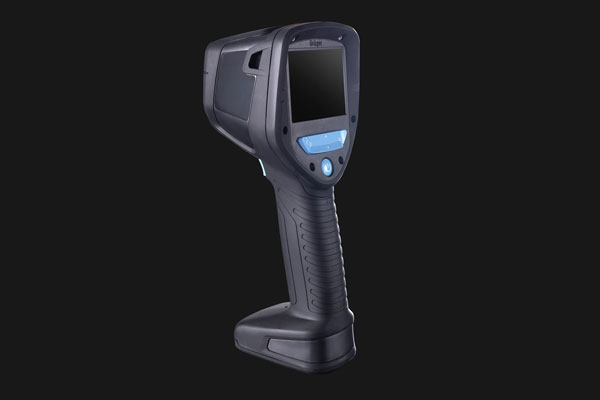
III. In-depth Analysis of Selection in Electronic Medical Scenarios: Precise Matching for Special Needs
(A) Electromagnetic Shielding Components: Guardians of Signal Purity
For electromagnetic shielding components in electronic medical devices, materials with a dielectric constant < 3.0, such as glass-fiber-reinforced PC/ABS alloys, should be selected to avoid interfering with the signal transmission of equipment like electrocardiographs, ensuring the accuracy of detection data.
(B) Miniaturized Sensor Packaging: The Foundation of Precision Manufacturing
For miniaturized sensor packaging, medical-grade PC with a flow index > 30cm/10min, such as Covestro PCRX2440 model, is preferred to meet the requirements of precision manufacturing. For implantable devices, they must also meet the ISO5832 - 3 long-term in-vivo stability requirements to ensure stable operation within the human body.
(C) High-frequency Sterilization Scenarios: A Severe Test of Material Resistance
γ-ray irradiation can cause an increase in the yellowing index (YI) of PC. When the light transmittance requirement is > 88%, copolymer-modified PC is recommended, with a YI increase of < 2.0/100kGy. For non-transparent components, PPSU can be used as an alternative, which can increase the radiation resistance by 3 times, ensuring the stability of material properties in high-intensity sterilization environments.
IV. Compliance Points in the Chinese Market in 2025: Keeping Pace with Regulations for Market Access
(A) Documentation System: Essential Credentials for Authoritative Certification
Raw material suppliers are required to provide the YY/T 0316 - 2025 new version of the biological safety evaluation report. Implantable components need to submit additional GB/T 16886.15 genotoxicity test data to prove the safety and compliance of the materials.
(B) Traceability Requirements: Quality Assurance with Full-process Traceability
According to the NMPA "Medical Device Unique Identification System Rules," plastic components must achieve two-way traceability between batch numbers and the source of raw resin, and bind the sterilization parameters with the material tolerance data chain to ensure full-process quality control of the products.
V. Failure Case Analysis (Including 2024 NMPA Notifications): Learning from Past Mistakes
(A) Case Background: A Crisis Caused by Ordinary Materials
A blood glucose meter housing made of ordinary ABS cracked under stress after moist heat sterilization, seriously affecting the normal use of the product.
(B) Failure Mechanism: Mismatch between Material Properties and Sterilization Environment
The glass transition temperature (Tg) of ABS is only 105°C, which is lower than the autoclaving temperature. This leads to hydrolysis of the material during sterilization, molecular chain breakage, and a 42% decrease in tensile strength.
(C) Improvement Plan: Scientific Material Selection to Solve Failure Problems
Replace it with medical-grade PC/ABS alloy (SABIC C2950 model) and pass the ISO 10993 - 10 skin sensitization test. After the improvement, the failure rate decreased by 89%, effectively improving the reliability and safety of the product.
VI. Technological Evolution Directions: Innovation-driven Leading Future Trends
(A) Breakthroughs in Bio-based Materials: A Green and Environmentally Friendly New Choice
Significant progress has been made in the modification technology of polylactic acid (PLA). Its heat resistance has been increased to 120°C (by adding nano-silica), making it suitable for disposable electronic thermometer housings. Moreover, its degradation cycle can be controlled within 6 - 24 months, meeting both medical needs and environmental protection requirements.
(B) Smart Responsive Materials: New Impetus for Functional Upgrades
Thermosensitive TPE increases its hardness by 50% above 38°C and can be used for anti-misoperation emergency buttons. Photochromic PC reduces its transparency under ultraviolet light, effectively protecting optical sensors and providing new ideas for the functional upgrades of electronic medical devices.
Conclusion
The selection of medical-grade plastics is a complex process that requires a comprehensive consideration of performance, cost, and regulatory requirements. Practitioners should closely monitor material innovations, such as the wide application of PEEK in minimally invasive surgeries, and the continuous update of standards. Only through precise material selection can the reliability and safety of medical devices be ensured in the trend of intelligence and miniaturization, safeguarding the health of patients.
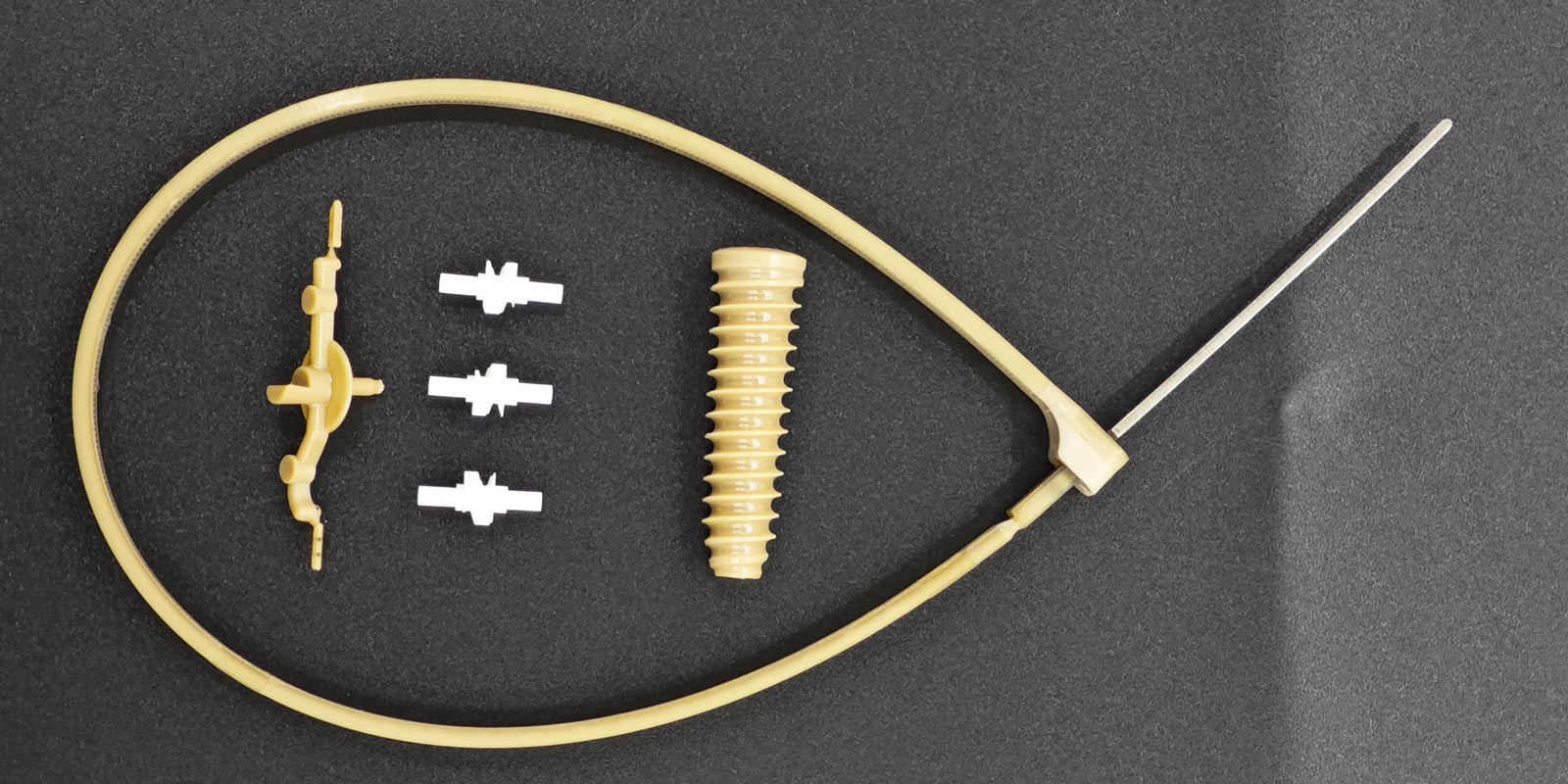
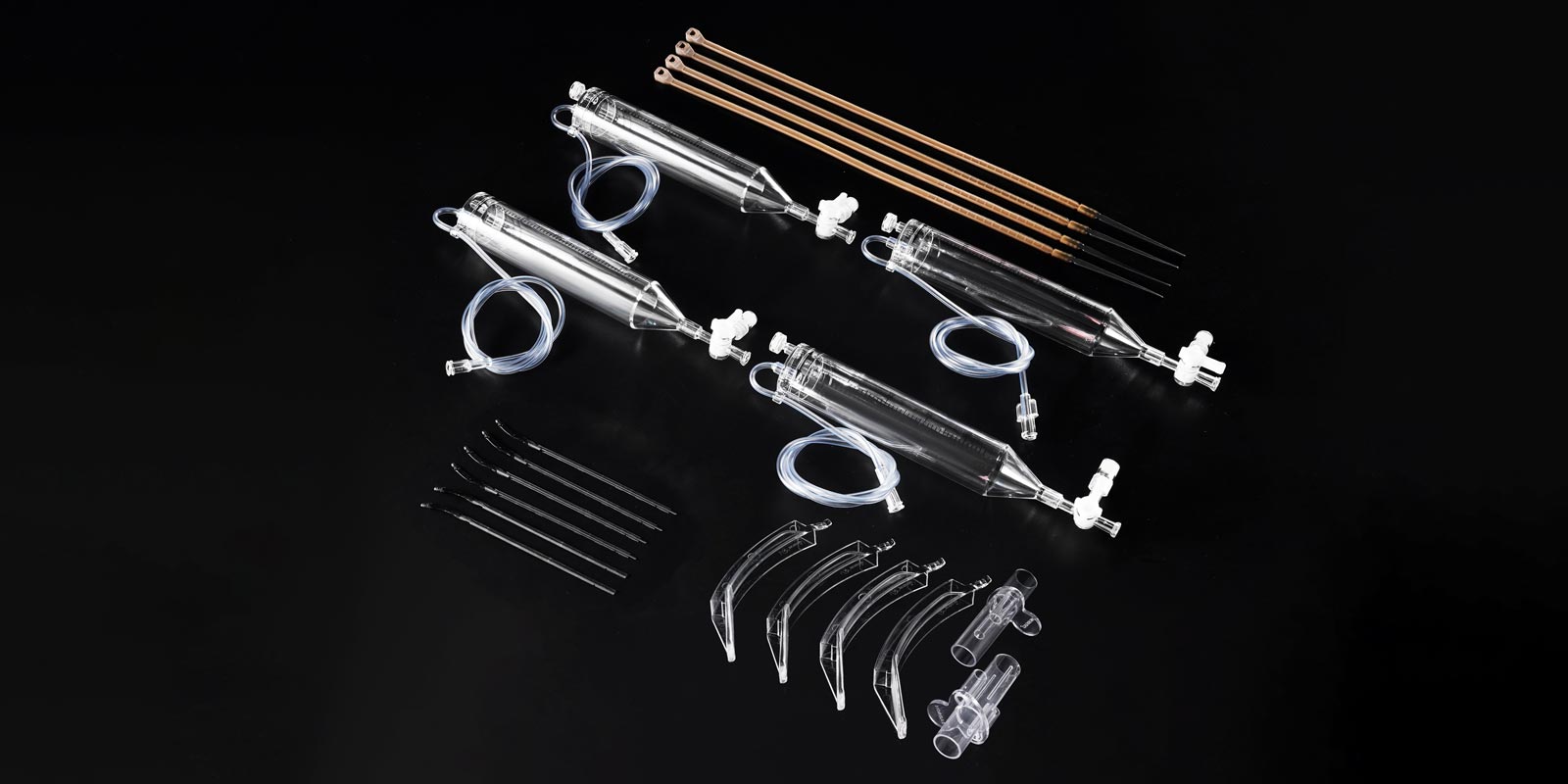
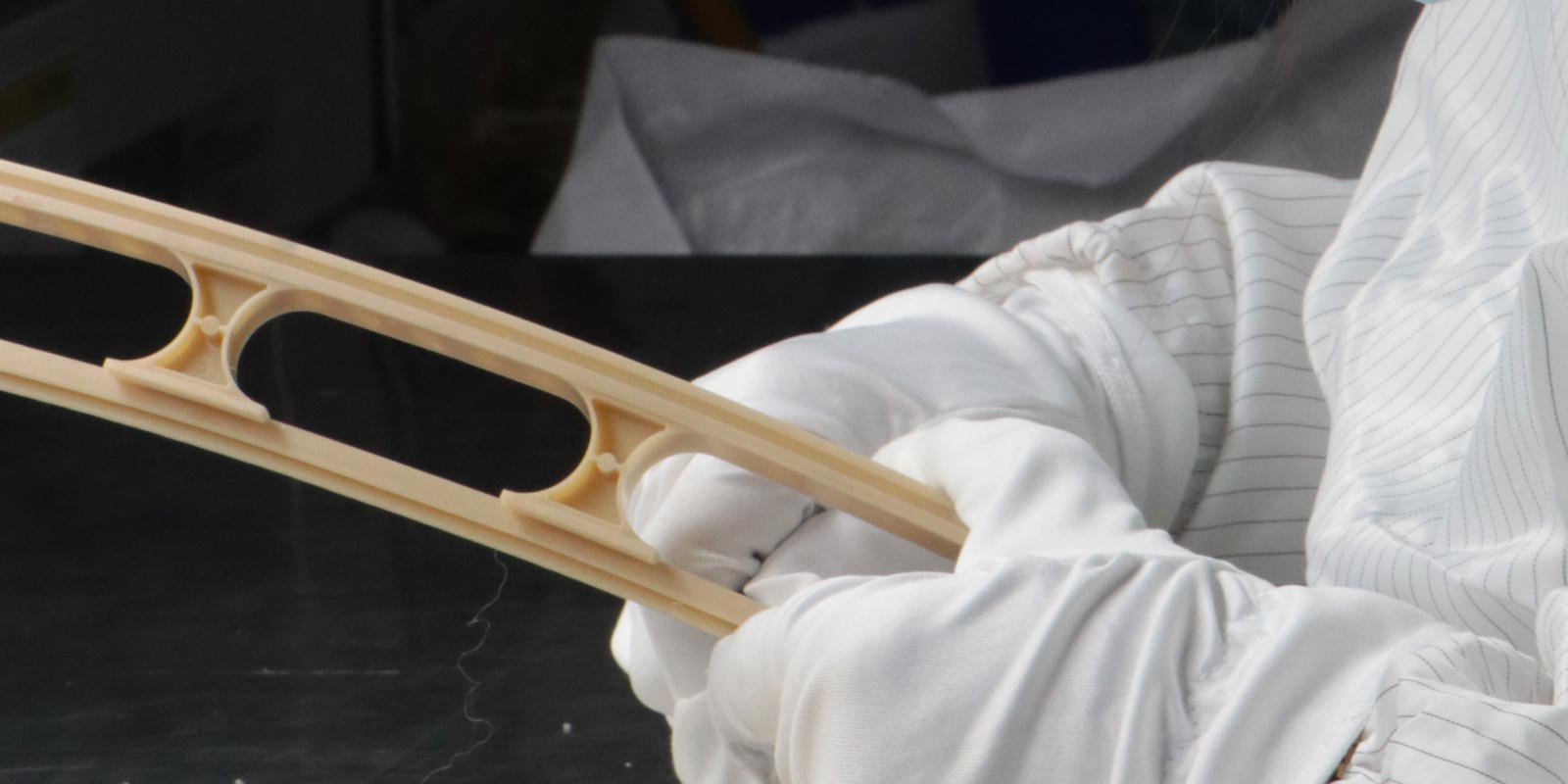
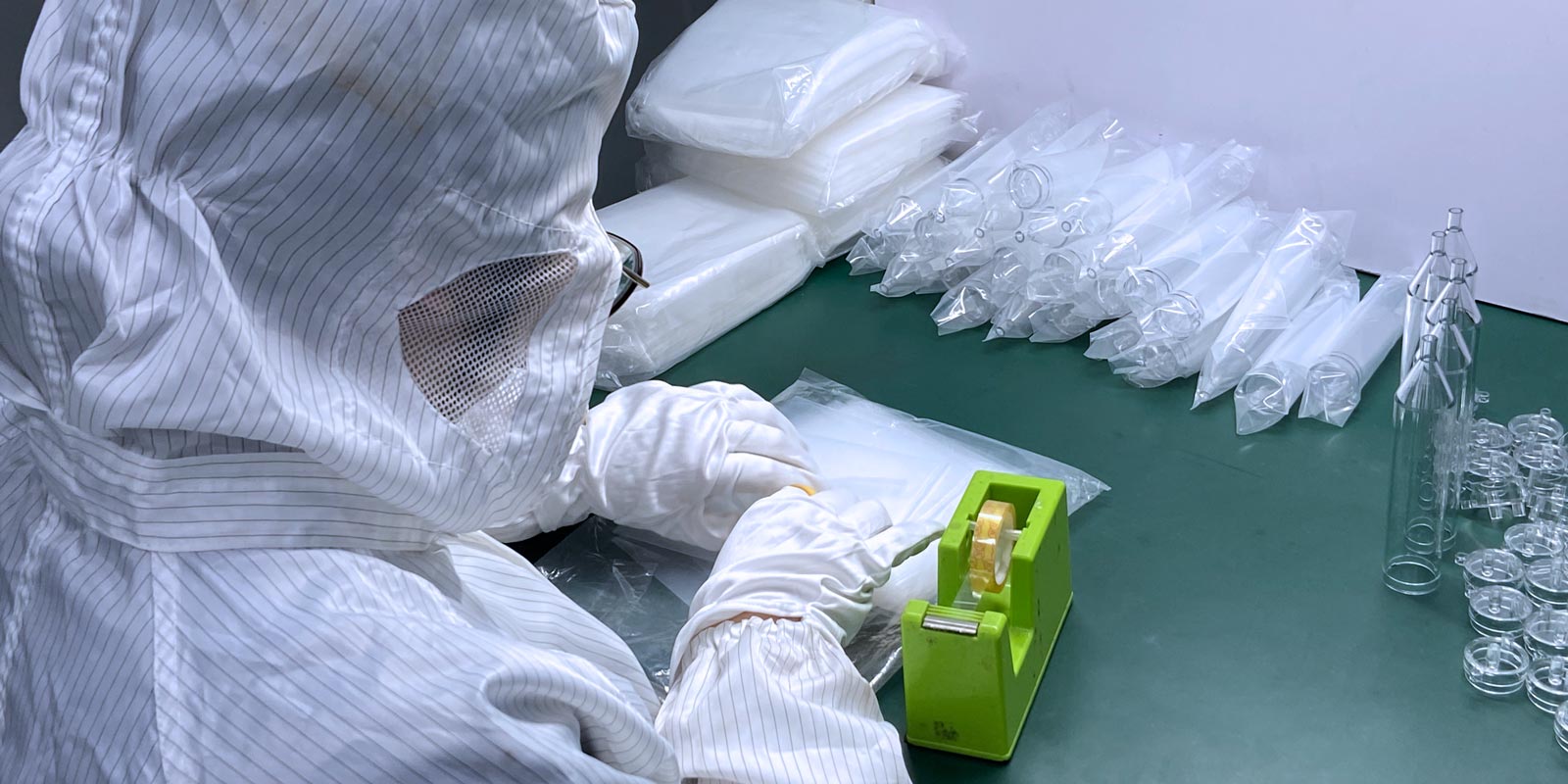
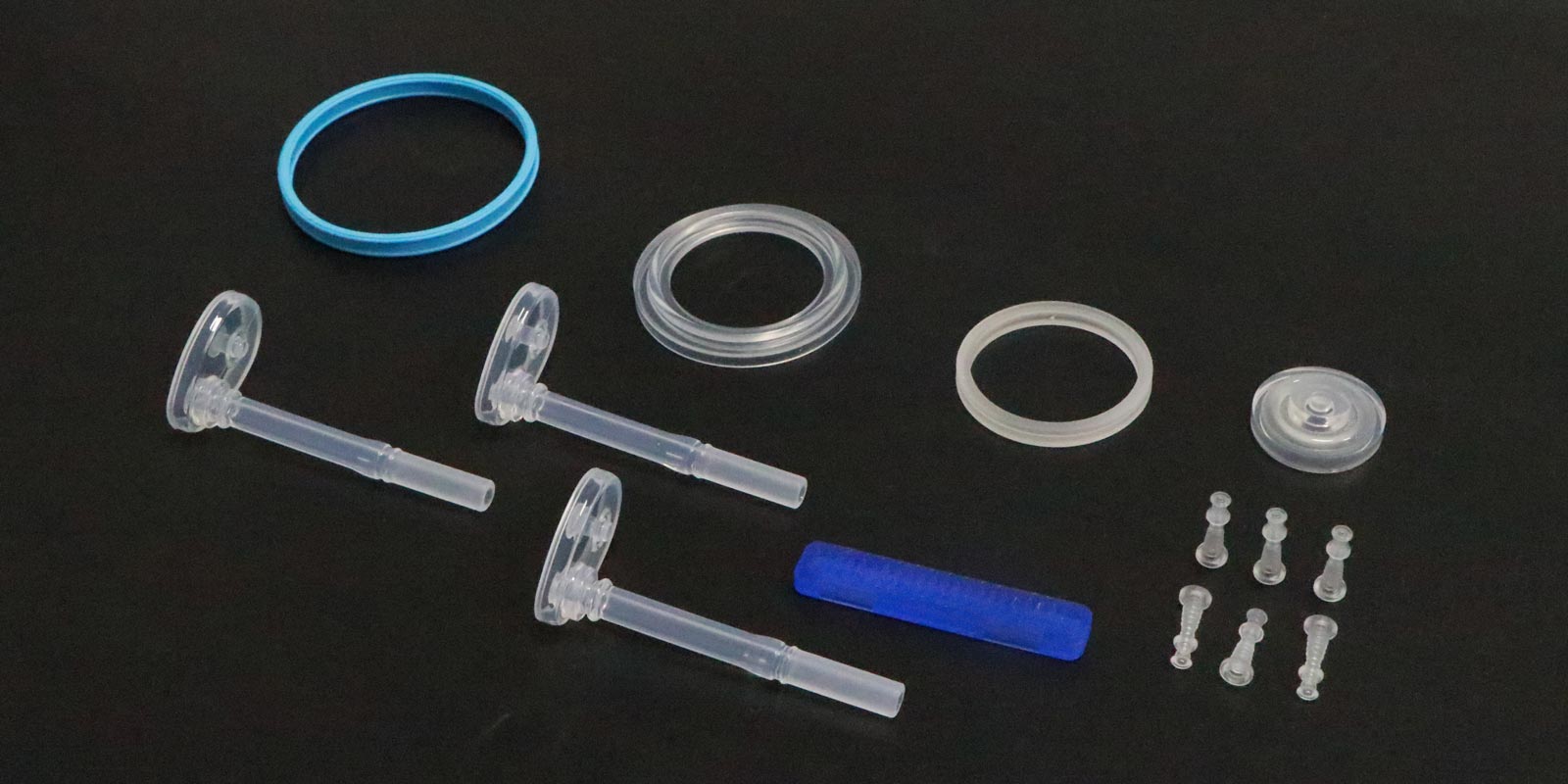
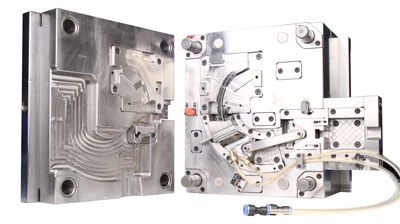
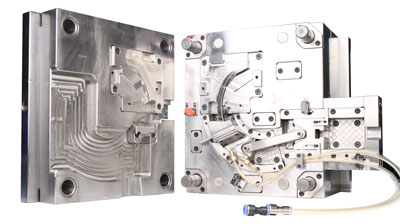
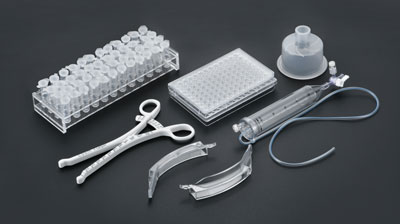








 Home
Home
